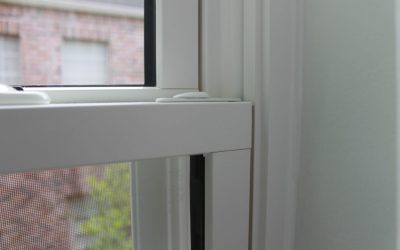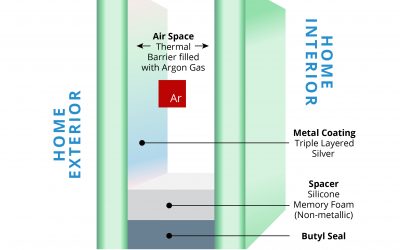Glass Inspection Standards for Custom Windows & Doors have been created by ASTM International
Information is copyrighted and available at www.astm.org
Surface Imperfections
All inspections are done with the viewing angle at 90 degrees to the glass surface, uniform diffused lighting that stimulates daylight, and with the inspector looking thru rather than at the glass surface.
Bubbles, Pits, Knots, and Dirt
With the inspector standing 39” from the glass surface, and glass thickness is ¼” or less, bubbles, pits, knots, or dirt is allowed if the average of blemish’s length and width is 1/16” or less. Blemishes with an average length and width of 3/32” are allowed if they are separated from a similar blemish by at least 24”. Bubbles, pits, knots, and dirt are not allowed if their average length and width exceeds 3/32.”
Edge Chips
DEPTH- measuring from the face of the glass a chip is allowed if it’s depth does not exceed more than 50% of the glass thickness WIDTH- measuring the perpendicular distance from the edge of the glass to the inner edge of the chip, a chip is allowed up to half of the glass thickness or ¼”, whichever is greater; for mirrors up to half of the mirror thickness or 1/16”, whichever is greater.
Scratches and Rubs
The inspector begins the inspection by standing at a distance of 120” from the glass surface. The inspector then moves closer to the glass surface, stopping at the point where the scratch or rub is first detected.
Coating Pinholes
Coating pinholes greater than 1/16” of an inch are not allowed. Pinholes less than 1/16” in diameter are allowed if they are located outside of the central viewing area.
Coloration
Low-e coated glass may exhibit a hue or coloration that is not apparent in architectural samples, especially in shaded or darkened light or when viewed at a glancing angle.
Schedule a Free Consultation To Learn More!
More FAQs
Are Composite Windows in Houston a Good Investment?
Ultra composite windows provide the look of wood windows without the maintenance requirements of...
Why are Vinyl Windows Frames so Wide?
Vinyl Window frames are wide because vinyl is not as strong as other materials, it must be beefed...
How Important is Glass in Noise Reduction?
Peace and quiet within our Houston homes are getting harder and harder to achieve. Road noise,...
What is Low-E Glass?
Building code requires that replacement windows include Low-E glass, which is very efficient at blocking solar heat and reducing damage from UV light. Unfortunately, Low-E glass provides a blue/green coloration to the glass that many homeowners find unattractive.









Recent Comments